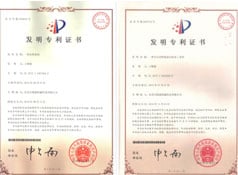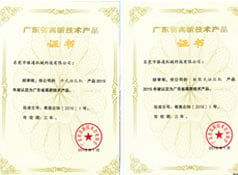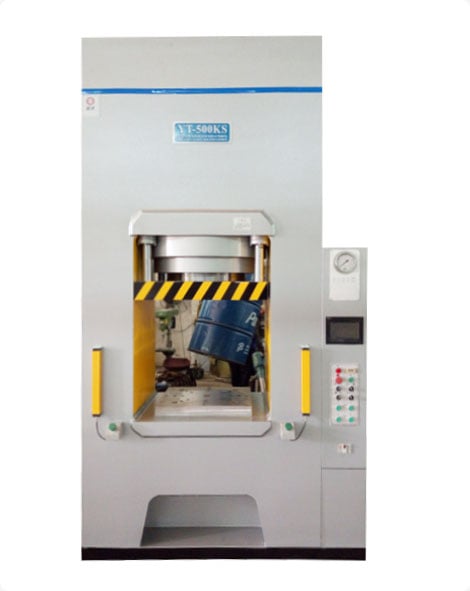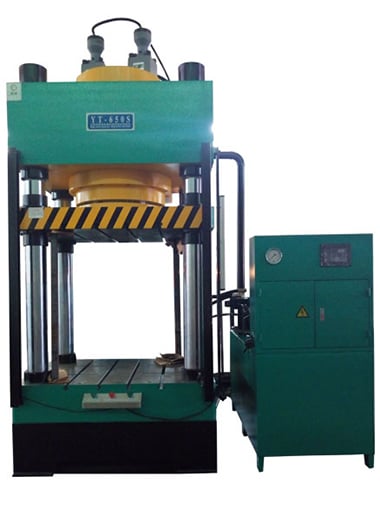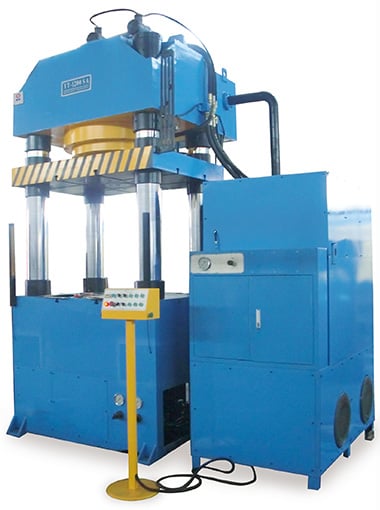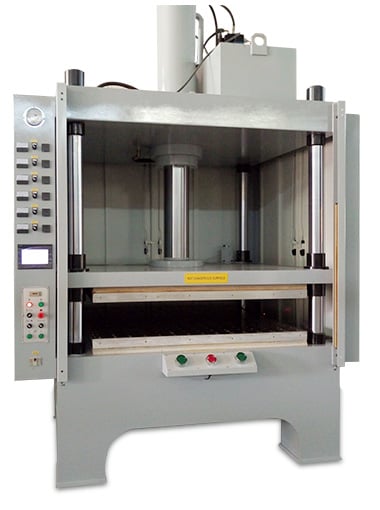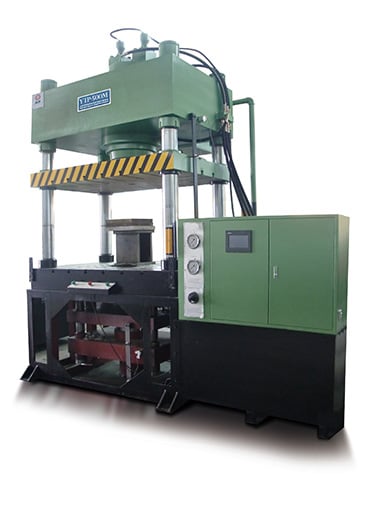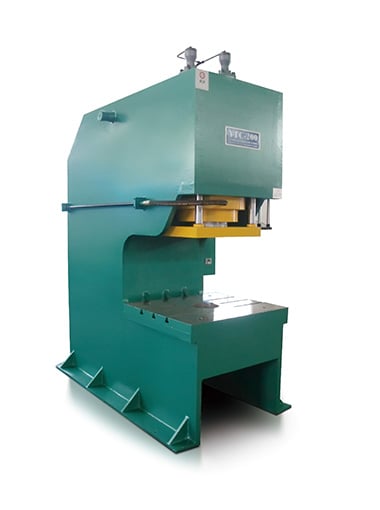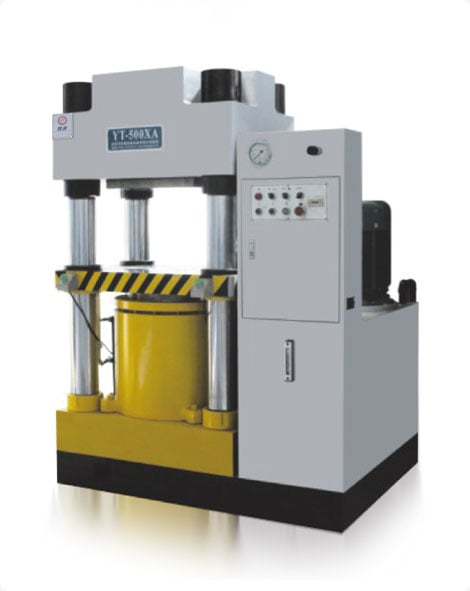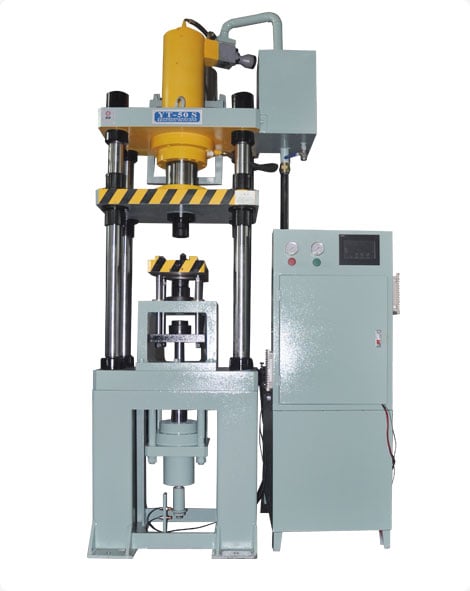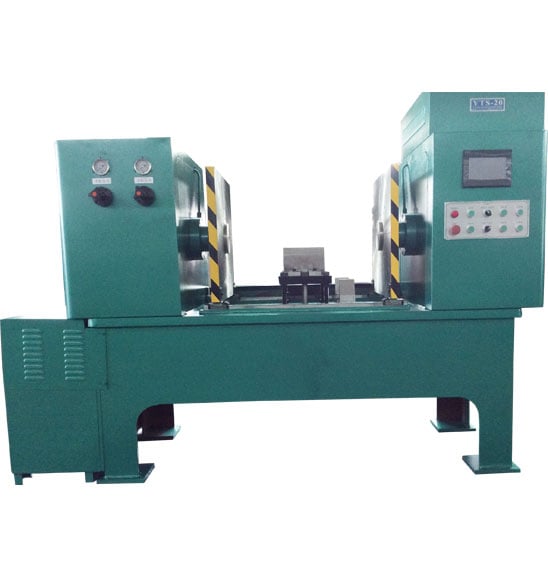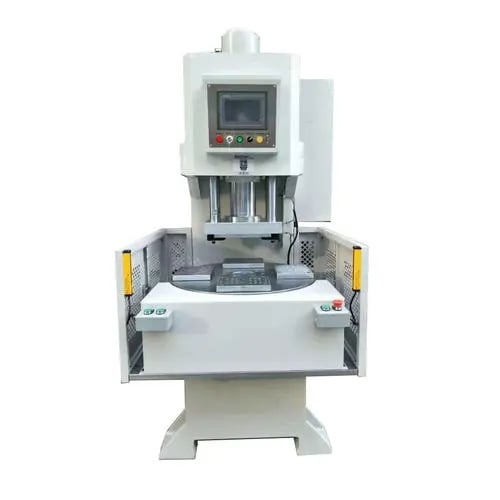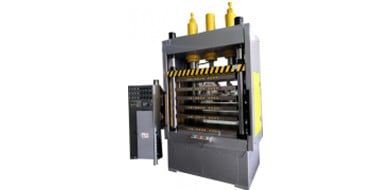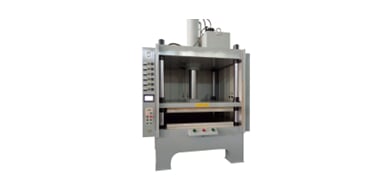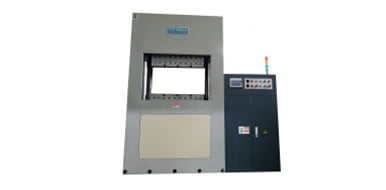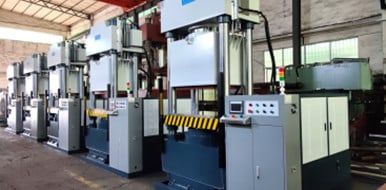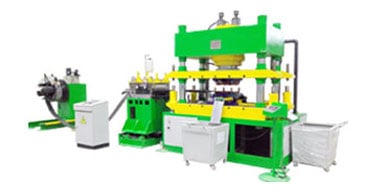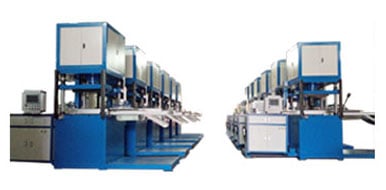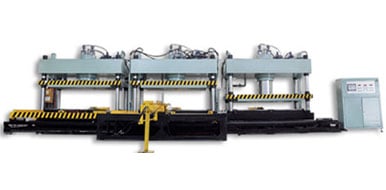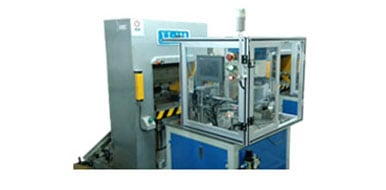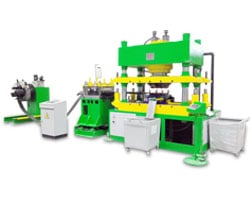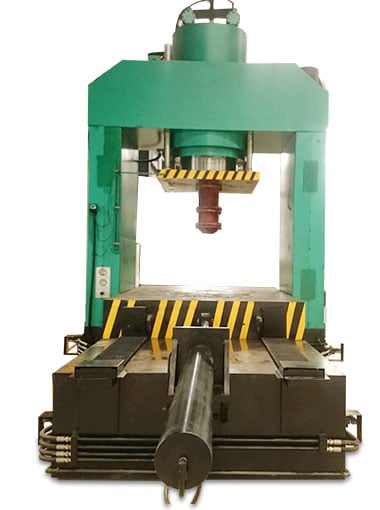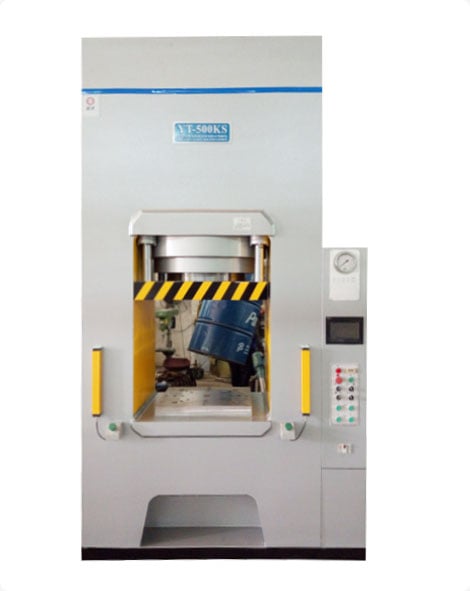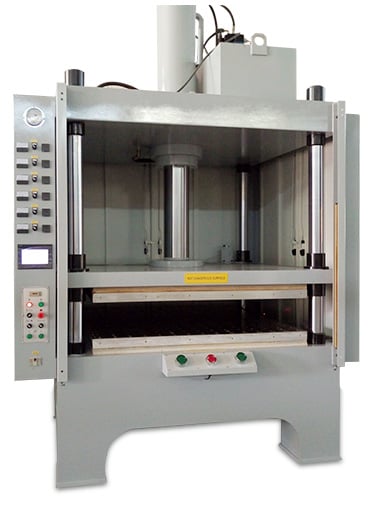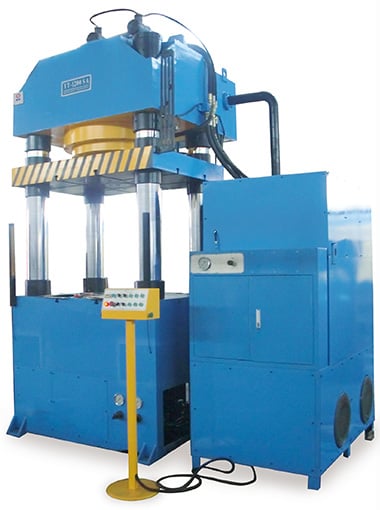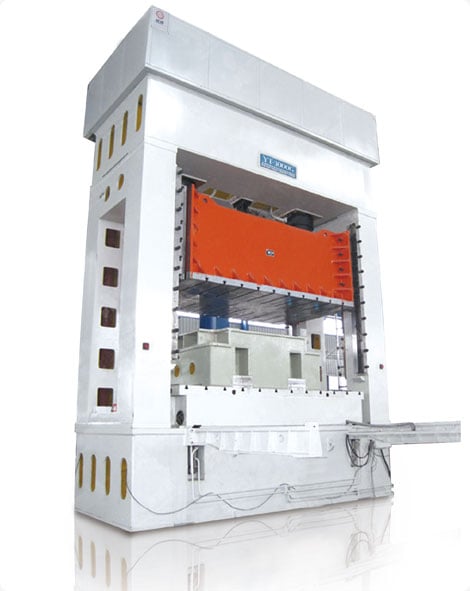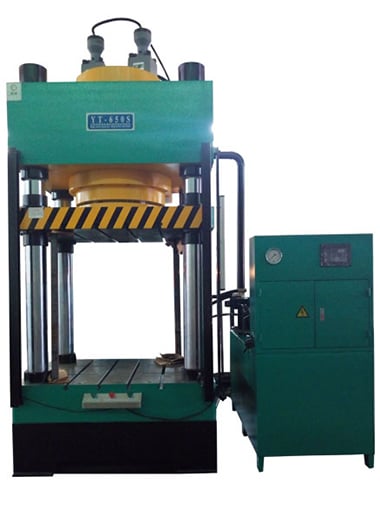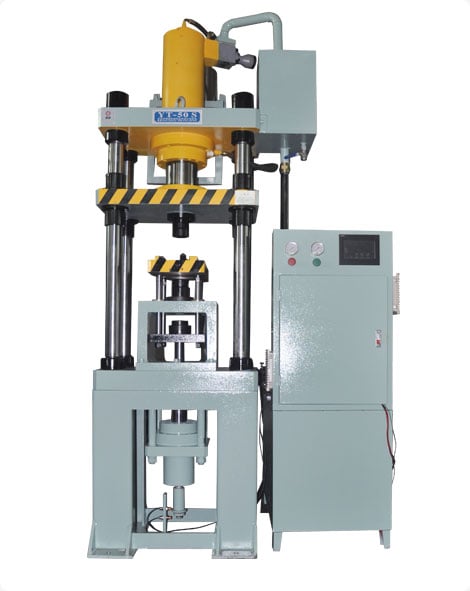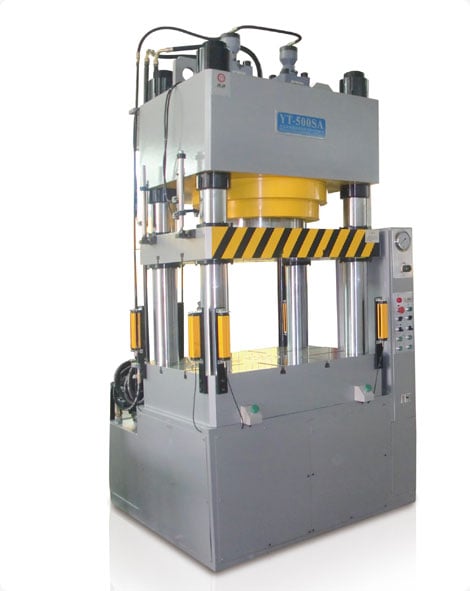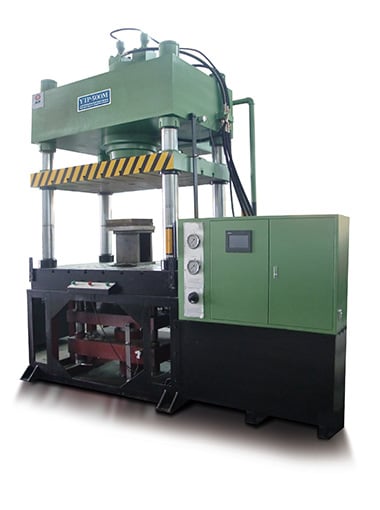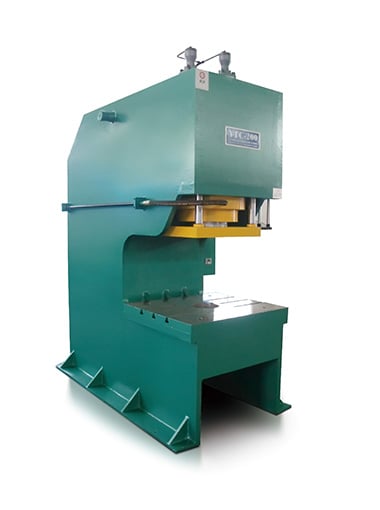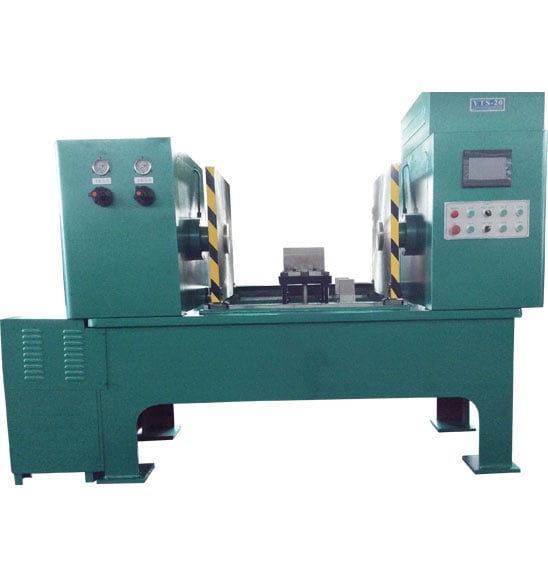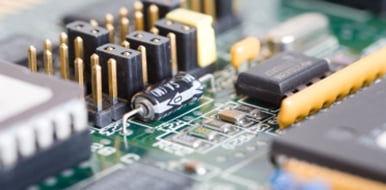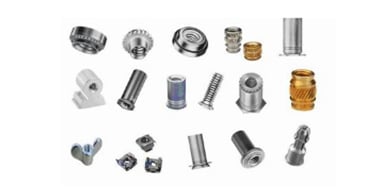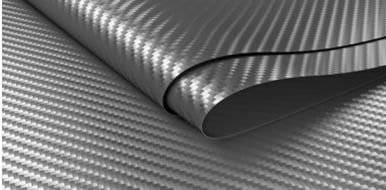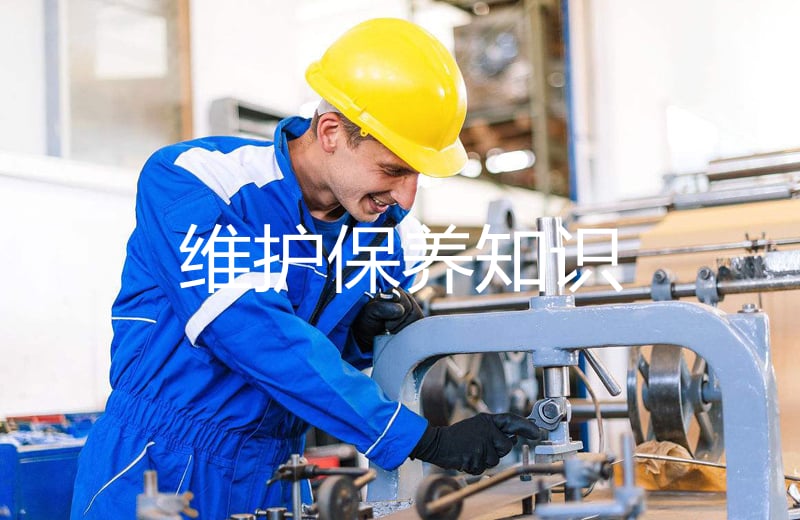How Much Pressure Does a Hydraulic Press Have?
time:2023-10-01 views:(点击 760 次)
There are various kinds of hydraulic presses designed to address various manufacturing processes. Each has a maximum pressure level at full tonnage that depends on factors like its cylinder size.
Hydraulic presses can be used to shape metal into various forms similar to how children sculpt play-doh through playdough molds, or they may create press fits for bearings on shafts. They may even be used to crush old oil filters and paint cans!
Maximum System Pressure
Hydraulic presses generate force using pressure from an incompressible liquid source, making them useful in shaping metal parts for manufacturing or crushing waste and debris. They may range in force output from below one ton for manual presses to many tons for motor driven ones - therefore understanding normal hydraulic pressure levels is key for safe operations of all machinery.
The maximum pressure a hydraulic system can handle is determined by each component's pressure rating, which should typically come directly from its manufacturer but may also be calculated using an easy equation. Pressure can be defined as force per unit area (psi), measured using devices like pressure gauges or transducers which may either be manually read out or digitally analyzed depending on your model choice.
Calculating the maximum pressure of a hydraulic system requires taking into account several key variables, including fluid temperature and friction levels in its components. Such factors may cause its pressure to fluctuate resulting in equipment failure; when calculating this maximum pressure it's also essential to consider component sizes within it and their relative sizes within each system component as oversize lines may lead to increased frictional heat that reduces efficiency of operation.
Another factor affecting hydraulic pressure is the rate of volume change within a cylinder. If the piston rod extends, pressure decreases unless oil flow into the cylinder matches up with its rate of volume change; otherwise cap-end pressure will rapidly increase.
Ideal hydraulic system pressure should remain stable without fluctuation, which can be achieved through regular monitoring. Installing and inspecting the appropriate pressure measurement device regularly for signs of wear or tear will enable quick remedial action if any problems are discovered that could potentially cause harm or injury to personnel.
Horsepower
Hydraulic presses vary in power depending on their capacity to exert pressure. Hydraulics multiply the force applied by users, making it a versatile tool suitable for various uses. They work by using a hydraulic pump to pump oil at high pressure into a cylinder which then forces against an opposing cylinder with an opposing piston or metal ram and creates tremendous amounts of force - ideal for crushing or shaping various materials.
Hydraulic presses come in an assortment of sizes and configurations to meet varying project needs. Commonly utilized by manufacturing industries to shape and form various metal products as well as press or compress plastics or composite materials, hydraulic presses can accommodate many diverse projects.
Hydraulic presses can produce thousands of pounds of force, making them ideal for many industrial applications. Their force is measured in pounds per square inch (psi). To calculate this force accurately, first find out the size of its piston in inches before multiplying this figure with its area in square inches to obtain its force in pounds per square inch and finally dividing this resultant value by 2,000.
Mechanical presses may be great at coining and deep drawing tasks, but hydraulic presses provide superior results in many other projects due to their ability to maintain full pressure throughout each stroke - something mechanical presses cannot do. Furthermore, hydraulic presses tend to be quieter and are less likely to breakdown or damage parts during use.
As part of your selection process for a hydraulic press for your project, other specifications are important as well. Be sure it can handle the type of material and tonnage requirements you need; check stroke control to see how far the ram can travel during one stroke; consider throat clearance so as to select an adequate machine size; also remember stroke control will affect how far its stroke travels in one movement; this factor will determine what maximum part sizes can be pressed simultaneously.
Speed
Hydraulic presses are powerful machines that utilize hydraulics to generate immense force. They operate by pumping oil into a system which then forces it into metal cylinders containing plates or pistons for applying pressure on whatever they're pressing down upon. Hydraulic presses are versatile machines capable of producing top quality components with engineering and design expertise at work behind them.
There are various kinds of hydraulic presses on the market, from portable ones designed for travel use to larger presses able to withstand greater pressure. They all operate under Pascal's law of fluid pressure: liquids exert tremendous amounts of force without being incompressible - this explains why hydraulic press pressure gauges show instantaneous working pressure, or more precisely, what force they are applying against an object they're pressing down upon.
Hydraulic presses derive their power from two factors: its lift cylinder size and pressure generated by its hydraulic pump. If enough hydraulic pressure is applied to the piston in the lift cylinder, an immense force is generated that can be used to form parts and mold materials; for instance if a 250,000-pound force hydraulic press exists it would easily cut and shape steel into different shapes and sizes.
Hydraulic press machines are highly adaptable and can easily meet the specific requirements of a job or project. From producing massive pieces to precision components by altering pressure, stroke speed or process positioning. Their adaptability enables companies to create and manufacture multiple products while keeping operating costs under control.
Hydraulic presses are highly reliable machines that require little in the way of upkeep to stay working smoothly and efficiently. Their few moving parts are fully lubricated with pressurized oil to eliminate friction, keeping the machine running efficiently and smoothly. Breakdowns tend to be rare; usually just minor repairs such as replacing valves or solenoid coils must be performed quickly at lower costs than with other machines which often experience costly downtime due to frequent repairs.
Manometer
Manometers are devices used to measure fluid pressure, and come in various designs and styles. When choosing one of these instruments, make sure it has been calibrated appropriately so you get accurate readings every time you use it. Also be sure to select one with an extended reading range so you can view its reading clearly at all times.
Two basic types of manometers exist: simple and inclined. A simple manometer connects directly to a source of pressure while leaving one end open to atmospheric pressure, enabling it to measure gauge pressure as well as test for vacuum conditions. An inclined manometer features a tube set at a 10-degree angle from vertical, providing greater sensitivity and resolution.
To calculate the pressure differential between these columns, it is important to remember that liquid weight equals its force exerted upon it divided by its surface area. This measurement can typically be made in pounds per square inch (psi) or newtons per square meter (pascals), although you are free to choose any unit that best suits you.
An effective manometer can be easily created by partially filling a clear plastic tube with colored liquid, and then filling the other end with air to maintain an equilibrium between left and right legs of its U-shape. Once complete, any change in pressure will result in one leg decreasing while another rises; when these levels equalize again, pressure has reached equilibrium and remains so.
Digital manometers offer another method for accurately measuring differential pressure: this device features a transducer that deflects under pressure and converts its deflection to an electrical signal, which is then translated by computer program into a reading of pressure. Digital manometers have become more popular over traditional analogue manometers as they offer more precise and reliable measurements, plus easy readability in any setting (from laboratory testing to home use) plus come in various models and sizes so it is important to select one suited to your application.
Link to this article: https://www.ihydraulicpress.com/nsn/4884.html
Hot Articles
-
How to Make a Hydraulic Fruit Press
Hydraulic presses are machines used to generate significant loads and extract juice, and are most frequently found at summer cottages for making app……
-
How to Make a Hydraulic Shop Press
Hydraulic shop presses are versatile tools used for metalworking projects of various sorts. A pump produces hydraulic pressure which forces its st……
-
Can You Make a Diamond With a Hydraulic Press?
Hydraulic presses are used industrially, typically to apply great compressive force over an extended period or quickly for tasks like joining mate……
-
How to Make Your Own Hydraulic Juice Press
Hydraulic juice presses are the ideal juicers for maintaining and expanding fresh, clear juice for longer. In addition, these presses are recommen……
-
How to Make a Mini Hydraulic Press Machine
A hydraulic press is a type of machine that employs pressure to deform materials. It can be used to crush metal objects or mold materials into dif……
-
How to Make a Small Hydraulic Press
Shopping can be challenging, particularly for something as complex and expensive as a hydraulic press. Such large purchases require much considera……
-
How to Make a Hydraulic Press
Hydraulic presses are versatile tools with many potential uses. Consisting of two cylinders – a smaller slave cylinder and larger master cyl……
-
How to Make a Hydraulic Press YouTube
Hydraulic presses have become the go-to machines in numerous YouTube videos for crushing objects. These videos use Pascal’s law as their bas……
Latest News
-
How to Make a Hydraulic Shop Press
A hydraulic shop press can serve multiple purposes. From repair jobs and compacting powders, to creating molds. Presses can also help separate rus……
-
How to Make a Tabletop Hydraulic Press
Building a tabletop hydraulic press involves cutting metal parts and assembling them using welding skills; you could make one without welding as w……
-
How Much Force Does a Hydraulic Press Exert?
Hydraulic presses have many different applications, from squeezing fruit juice to straightening vehicle frames. Their versatility derives from their……
-
How to Make a Small Hydraulic Press
Hydraulic presses are heavy shop tools used for producing precision and symmetry in your workshop. They feature two cylinders, with different maxi……
-
How to Make a Tabletop Hydraulic Press
Hydraulic presses are highly effective tools for bending, forming, flagging and stamping metal parts. In addition, they can compress organic waste s……
-
How Much Pressure Can a Hydraulic Press Apply?
Hydraulic presses use pressured liquid to force materials together, making them an incredibly flexible way of shaping metals or producing medicina……
-
How to Make a Hydraulic Press Brake
Employing mechanical forces to bend and shape sheet metal can be challenging. Press brakes are machines which use pressure and clamp dies to bend sh……
-
How to Make Home Hydraulic Press Frames
Owning a hydraulic press is at the top of hobbyists’ wish lists, yet these expensive machines don’t come cheap. Home-built hydraulic c……


